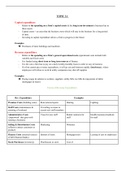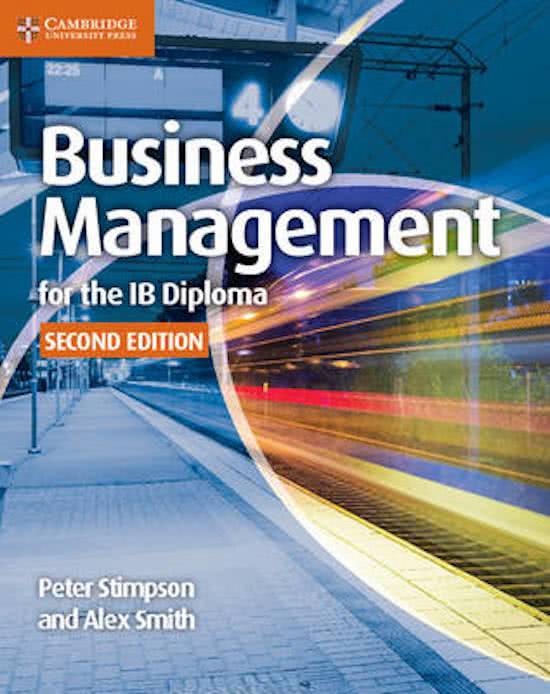Study guide
IB Business Management Topic 3 - Study Guide/Revision Notes for FINANCE AND ACCOUNTS
- Grado
- Institución
- Book
A complete study guide and revision notes for the IB Diploma Business Management program. I achieved a 43 predicted in the IB program and scored a 7 overall for my HL final business management grade by using these notes to study. These notes include all aspects listed in the IB syllabus as well...
[Mostrar más]





